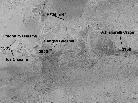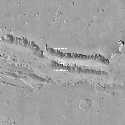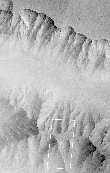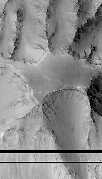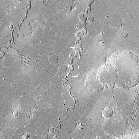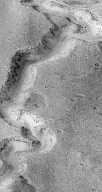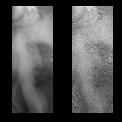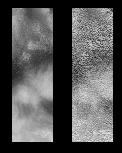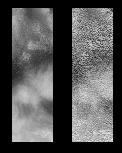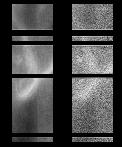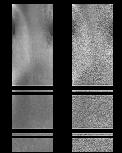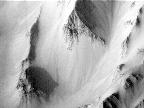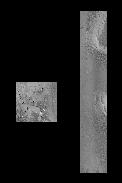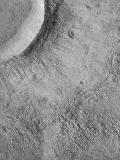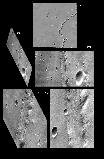You might also be interested in:

Traveling Nitrogen Classroom Activity Kit
Check out our online store - minerals, fossils, books, activities, jewelry, and household items!...more
ExploraTour - Looking at the World in a Different Light
Even though the sleeping man is no longer on the bed, you can still see where he was lying down. The heat from his body warmed up the bed sheets which are now radiating infrared light toward your eyes....more
ExploraTour - Looking at the World in a Different Light
All warm objects radiate in the infrared. The warmer the object, the higher the frequency and intensity of the radiation. Very hot objects give off other types of radiation in addition to infrared. Click...more
ExploraTour - Looking at the World in a Different Light
Your eye is a wonderful detector of visible light. Different frequencies of light produce different sensations in the eye which we interpret as colors. Our eyes detect light by using light sensitive components...more
ExploraTour - Looking at the World in a Different Light
Imagine you found a pair of special glasses that not only gave you telescopic vision but gave you the ability to see all forms of radiant energy. The universe in visible light contains all the familiar...more
ExploraTour - Looking at the World in a Different Light
This is a volcano on the island of Miyake in Japan. It has erupted, sending hot lava and ash into the air, a total of ten times. The time after one eruption until the next occurred was about twenty years...more
ExploraTour - Looking at the World in a Different Light
The awesome power of a giant black hole was revealed by looking at this galaxy in three different types of light. The picture that you see is of Centaurus A, a very peculiar galaxy. A galaxy is just a...more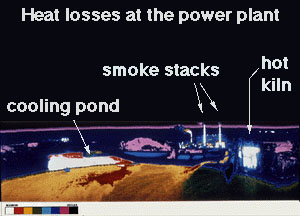
ExploraTour - Looking at the World in a Different Light
This is a plant in Gary, Indiana where power is made. We use power to run things like television sets, radios, lights, and microwave ovens. The picture looks very strange because it was taken in infrared....morePlease log in
Science Blogs
Real Climate: climate science from climate scientists

Windows to the Universe, a project of the National Earth Science Teachers Association, is sponsored in part is sponsored in part through grants from federal agencies (NASA and NOAA), and partnerships with affiliated organizations, including the American Geophysical Union, the Howard Hughes Medical Institute, the Earth System Information Partnership, the American Meteorological Society, the National Center for Science Education, and TERC. The American Geophysical Union and the American Geosciences Institute are Windows to the Universe Founding Partners. NESTA welcomes new Institutional Affiliates in support of our ongoing programs, as well as collaborations on new projects. Contact NESTA for more information.



